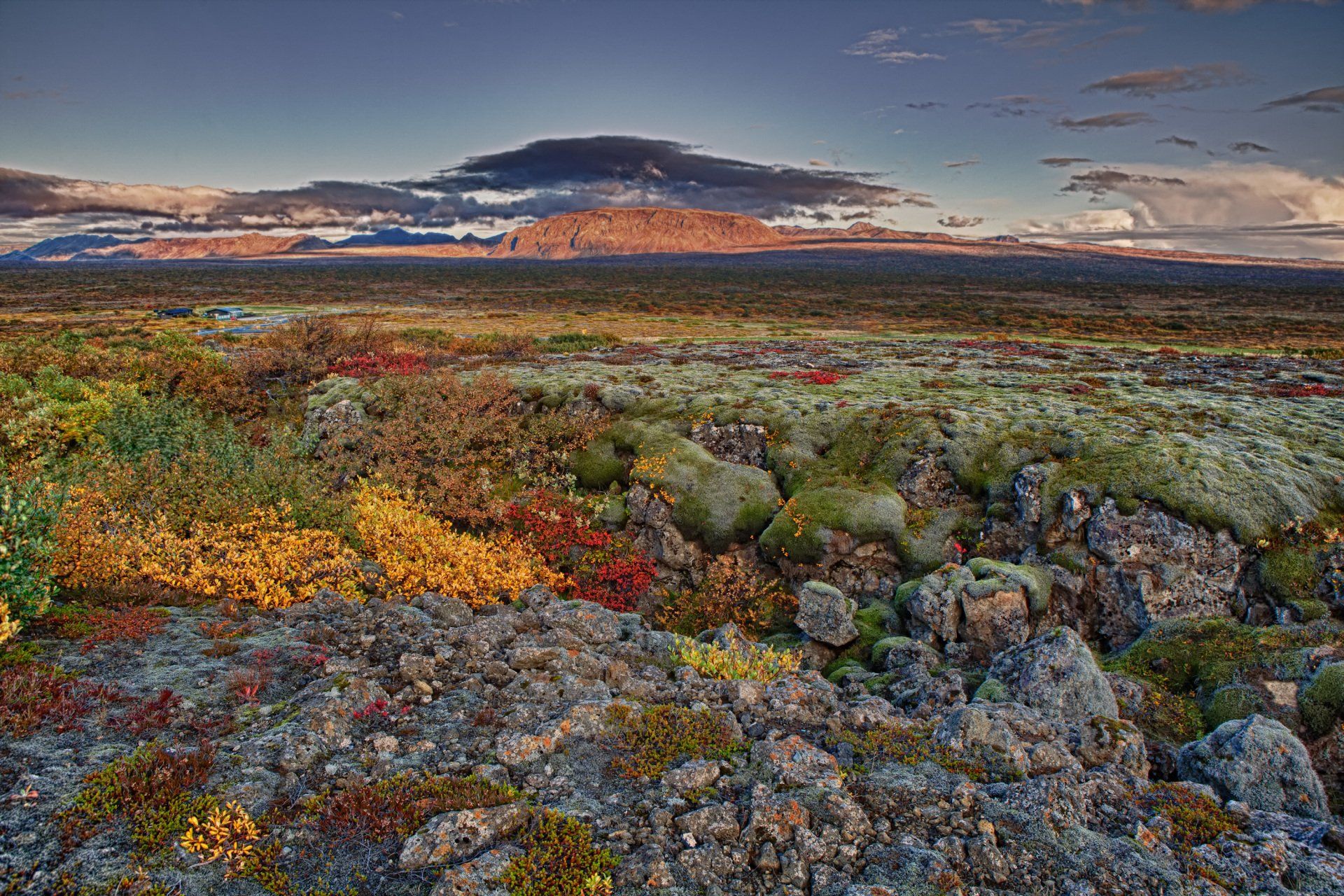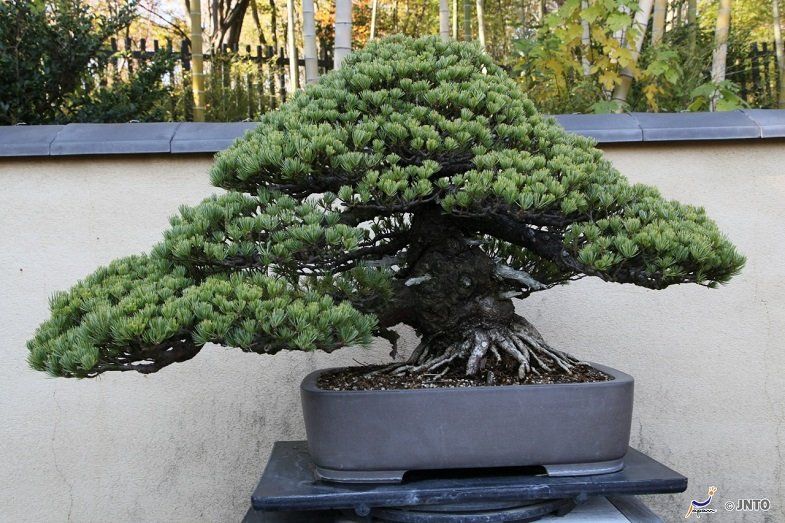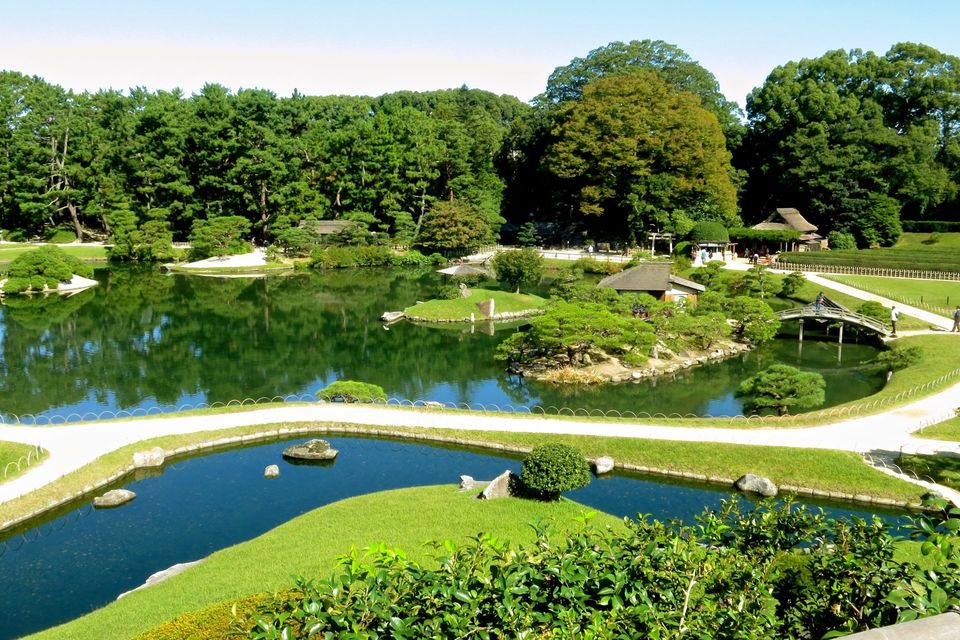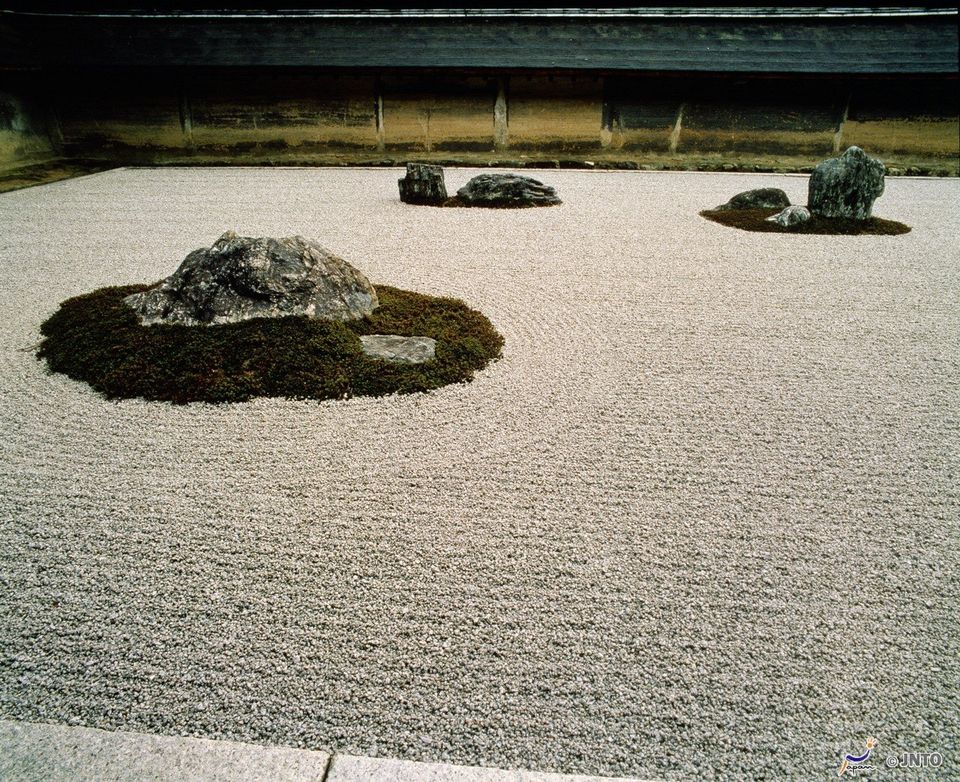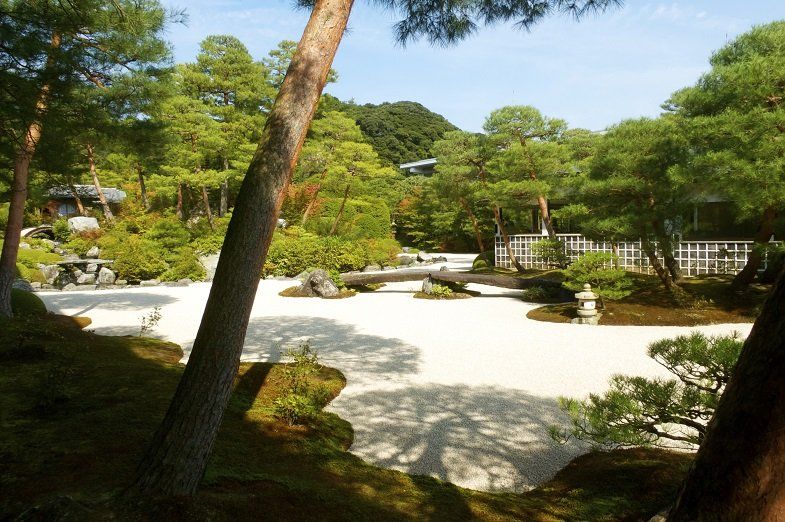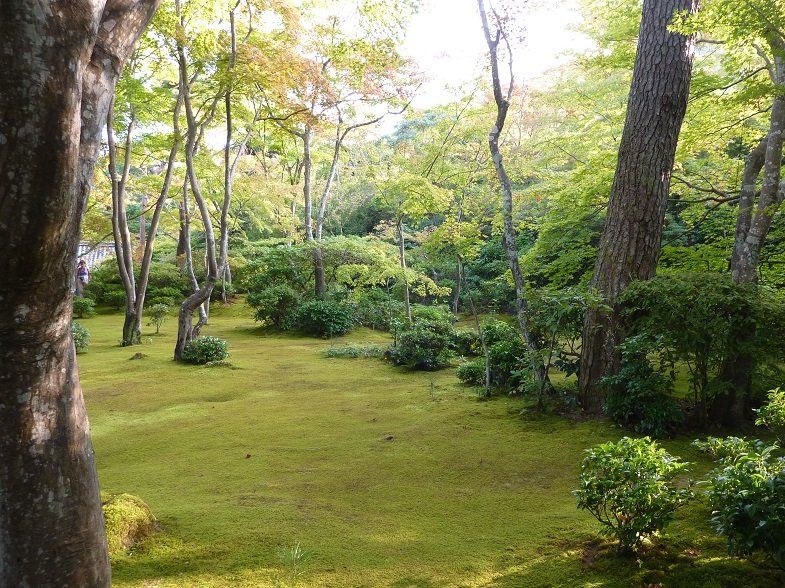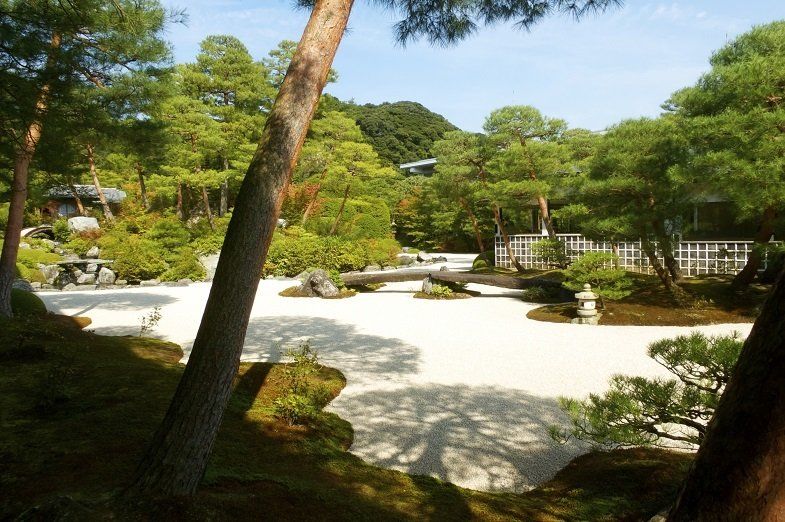What makes a Japanese Garden a Japanese Garden?
Japanese gardens are full of rich history, culture, beauty, and tradition. For over 1000 years, gardens in Japan have refined and evolved into many distinct styles and each style brings a diverse purpose or perspective from strolling gardens to oasis of meditation. But what makes a Japanese garden uniquely Japanese? It’s impossible to describe Japanese gardens in detail but here are some quick facts to help you understand Japanese gardens and their origins better. And to augment our tour, Garden and Art Tour of Japan.
Quick Facts
- Japanese gardens express the beauty of nature, avoiding artificial, man-made components wherever possible.
- Garden design is an art form in Japan whose purpose is create a scenic arrangement similar to the way an artist composes a landscape in a painting.
- Lack of space means gardens are viewed as miniaturized landscapes in a small yard, balcony or window box. The intent is to mimic a larger scene.
- Bonsai is a response to the lack of garden space. When outdoor space is unavailable, bonsai can be brought indoors.
- Temples or shrines incorporate gardens into their design. Gardens historically belong to upper- class dwellings and warrior class houses. Today small gardens grace inner courtyards of a home.
- Japanese gardens were often built to be viewed from a mediation room, a study room or a wide veranda.
- In 2001 Tokyo passed a law that all buildings of a certain size are required to have a rooftop garden to combat urban heat. Today there are over 1000 rooftop gardens in Tokyo.
- One of modern trends in Japanese home gardens is the move away from traditional gardening to English-style gardens or a combination of these styles. . (On a personal note: we saw a change in gardens from our visit in 2007 to our second visit in 2015. It will be interesting to see if this trend continues when we visit Japan again this November).
- Garden maintenance is very important in Japan. For instance some gardens have “river washers” who sweep garden ponds and waters. Climate sensitive trees and delicate shrubs are shrouded with straw jackets to protect them from cool winter weather.
Quick History Facts
- Japan’s first gardens (538-710) were based on Chinese building methods and Buddhist beliefs. None of these gardens exist today.
- Over the years many of the gardens have lost their religious importance and have attempted to imitate scenic beauty in miniature or reinterpret a garden from literary texts.
- Zen gardens with the focus on contemplation and meditation appeared from 1185-1336.
- Each historical period influenced garden design and reflected the society of that time. For example, during the Edo period gardens were made popular for strolling by the nobility who were patrons of the arts.
- The oldest Japanese text on garden-making is Sakuteiki (Records of Garden Making). The work was based on oral traditions which were published for the first time in the 11th century.
Quick Facts on the Elements of a Japanese Garden
- The key elements of Japanese gardens are rocks, trees, ponds and running water. All elements are placed to harmonize with nature and each element has a different meaning. Even in gardens of a limited size.
- Other elements may include islands, hills, bridges, teahouses, koi, stone lanterns, gates and fences. Again each element has its own significance.
- Many Japanese gardens adopt six key attributes: spaciousness, seclusion, artifice, antiquity, waterways and panorama.
Japanese Garden Types
There are many types of Japanese gardens but some examples are:
- Shūyū Garden: This strolling garden is a series of paths that you follow and that can be enjoyed from a variety of viewpoints. Strolling gardens include ponds, islands, hills, streams, stepping stones, koi, and often tea gardens. An example of a stroll garden you will see on our tour is Korakuen Garden in Okayama.
- Tsukiyama: This garden is an artificial or man-made hill and pond garden. It represents nature in miniature and includes ponds, hills, stones, trees, streams, bridges, koi, moss, and paths. Many cherry, maple and ginkgo trees can be found in this type of garden. This type of garden is very popular for cherry blossom viewing in the spring and maple tree viewing in the fall. An example of a tsukiyama garden on our tour is Ginkaku-ji or Silver Pavilion in Kyoto
- Japanese Pond Garden: This type of garden is very similar to strolling gardens and hill and pond gardens. But in these gardens, water is central, associated with tranquility, renewal and the flow of life in the afterlife. An example of this type of garden on our tour is Daikakuji Temple in Kyoto.
- Kanshō Garden: This garden is designed to be enjoyed and contemplated from one specific place such as a verandah. An example of a kanshō garden that you will see on our tour is the rock and raked gravel garden, Ryōan-ji in Kyoto.
- Tsuboniwa Gardens: These are small courtyard gardens located under overhanging roofs, between buildings or where buildings form a junction. Because there is very little natural light, many tsuboniwa gardens feature sand and small rocks. It has been suggested that this type of garden opens up the home’s interior while still providing privacy and provides an architectural focus for the building. You will see several of these small courtyard gardens in temples and shrines on our tour.
Be sure to check out our other Japan tours…
There are so many different things to see and do in Japan, so I know that Japanese gardens may not rank at the top of every traveller’s list to Japan. However it will be hard to ignore them because the Japanese are devoted to nature and gardens are fundamental to their culture and history. Many gardens are associated with historically significant temples and shrines and I would recommend that you include a few in your trip to Japan. These can easily be incorporated into one of our other Japan tours
or we can customize the tour you want. It is almost impossible to mention just a few gardens; but if gardens aren’t your thing then here are my top five garden recommendations:
- Adachi Museum of Art, Yasugi (near Matsue): This garden surrounds the museum and often is awarded the best Japanese garden in many prestigious garden magazines.
- Kenroku-en, Kanazawa: It is considered one of the top three gardens in Japan. Founded in the 1620’s it features the oldest fountain in Japan, a tea house, pagoda and stone bridges and incorporates the six characteristics of an ideal garden: spaciousness, serenity, venerability, scenic views, subtle design, and coolness.
- Ryoan-ji Temple, Kyoto: The most famous Zen garden, which is made of 15 stones placed on the pebbles. Purpose: Meditate on the meaning of life.
- Saiho-ji Temple or Kokedera,Kyoto: This temple is considered by many to be Kyoto’s most beautiful garden and is a UNESCO World Heritage Site. It is named the Moss Temple as it houses 120 different kinds of moss. To enter the garden visitors must participate in the Buddhist practice of copying sutras called shakyo. This isn’t as difficult as it sounds!
- Ginkakuji. Kyoto: Ginkakuji consists of the Silver Pavilion, half a dozen other temple buildings, a beautiful moss garden and a unique dry sand garden. For the best views of the gardens and buildings walk along the circular route to see the grounds from different perspectives.
Why not discover your top Japanese gardens?


